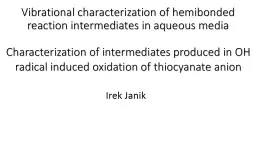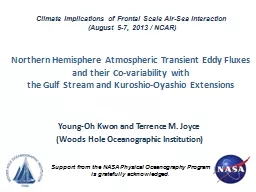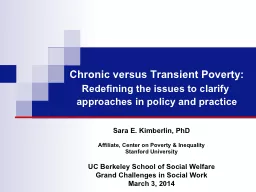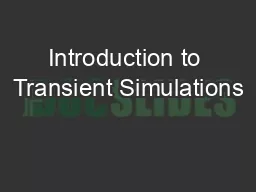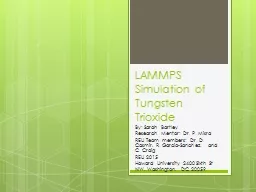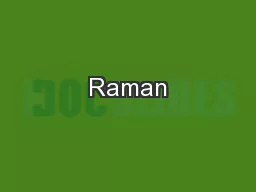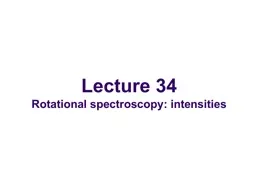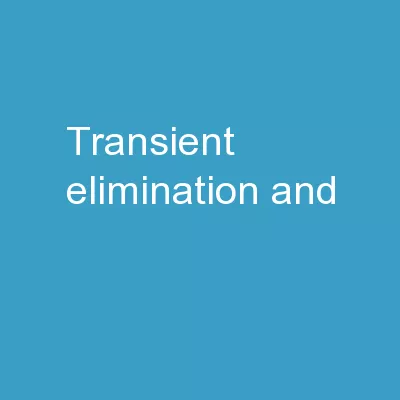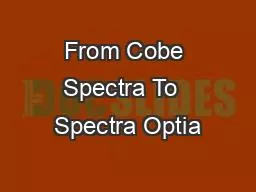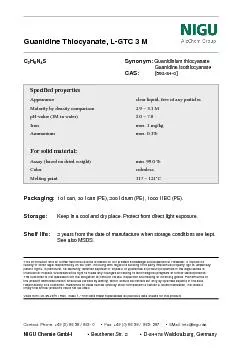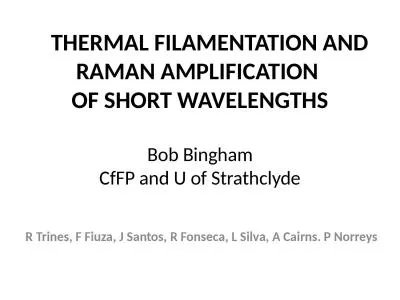PPT-TRANSIENT RAMAN SPECTRA, STRUCTURE AND THERMOCHEMISTRY OF THE THIOCYANATE
Author : tatyana-admore | Published Date : 2018-02-12
DIMER RADICAL ANION IN WATER Irek Janik GNR Tripathi Ian Carmichael Radiation Laboratory University of Notre Dame Notre Dame IN 46655 USA Motivation for
Presentation Embed Code
Download Presentation
Download Presentation The PPT/PDF document "TRANSIENT RAMAN SPECTRA, STRUCTURE AND ..." is the property of its rightful owner. Permission is granted to download and print the materials on this website for personal, non-commercial use only, and to display it on your personal computer provided you do not modify the materials and that you retain all copyright notices contained in the materials. By downloading content from our website, you accept the terms of this agreement.
TRANSIENT RAMAN SPECTRA, STRUCTURE AND THERMOCHEMISTRY OF THE THIOCYANATE: Transcript
Download Rules Of Document
"TRANSIENT RAMAN SPECTRA, STRUCTURE AND THERMOCHEMISTRY OF THE THIOCYANATE"The content belongs to its owner. You may download and print it for personal use, without modification, and keep all copyright notices. By downloading, you agree to these terms.
Related Documents

